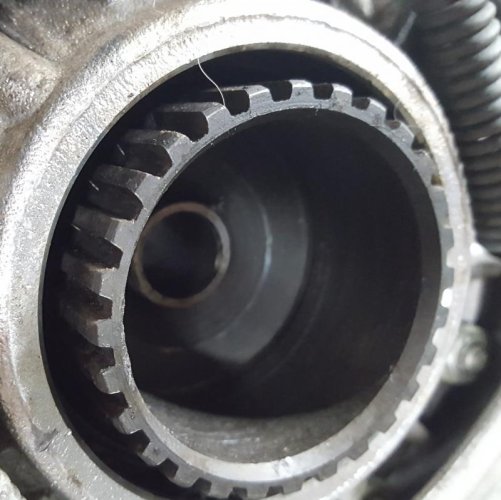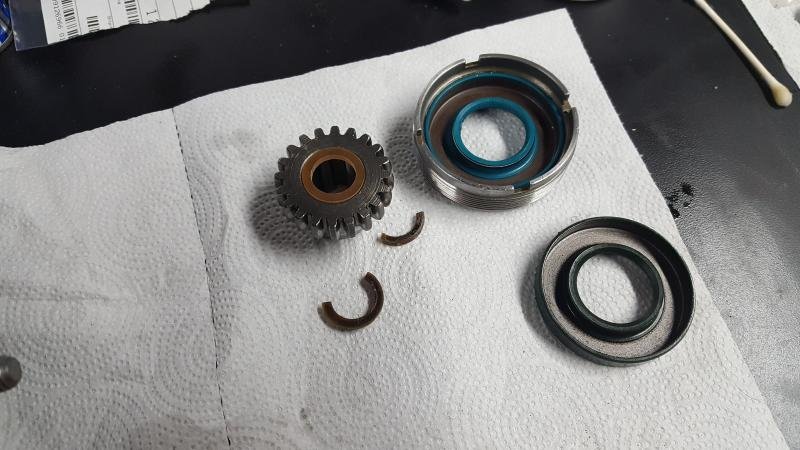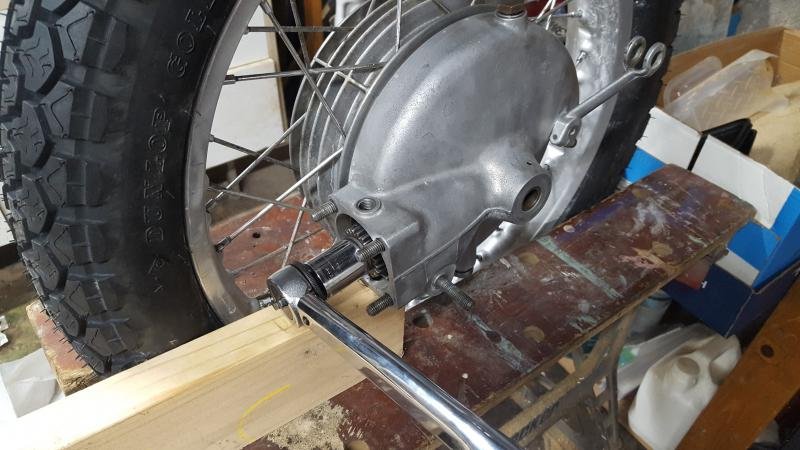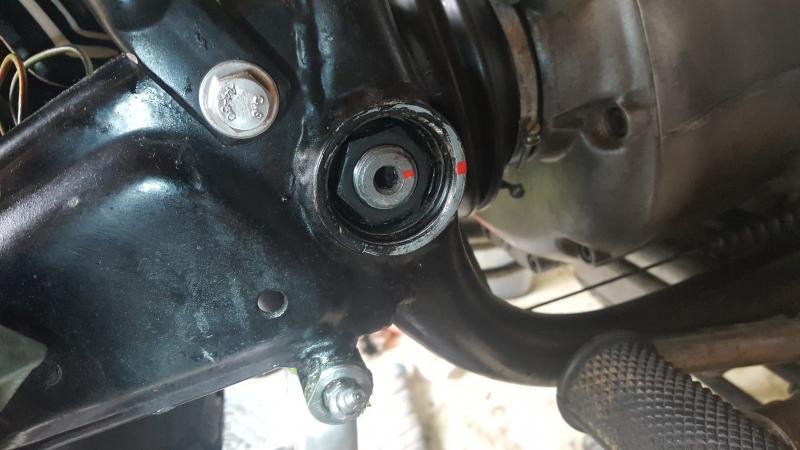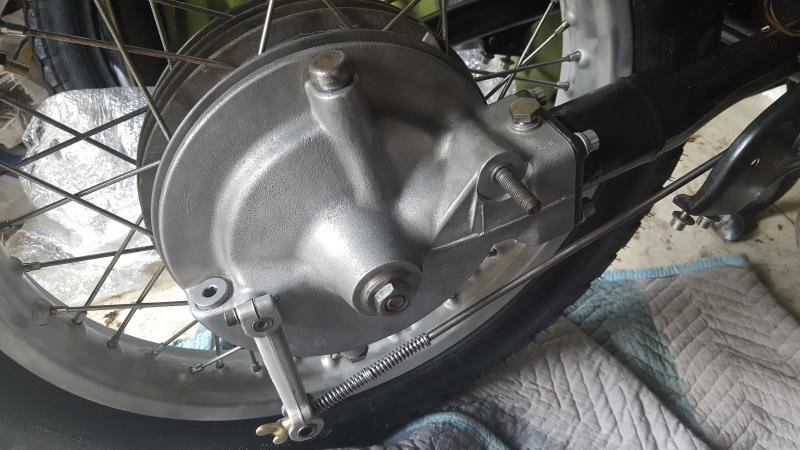sprouty115
New member
Just a quick update (because I hate threads that fade out with no resolution) - between rain and travel for work I haven't been able to do more with the flywheel. So in the meantime I've done the following:
- I unmounted the old rear tire and started trying to sort out what makes sense to put back on (lots of opinions...)
- Then I worked on the wheel - I pulled the cap off the wheel bearing stack and was pleasantly surprised to find reasonably fresh grease. Continuing on I degreased the left-side bearing and internal parts that I couild remove (the wedding band and inner spacer came out as well). I found that the race and bearing looked perfect. So I packed it all up with wheel bearing grease and put it back together. I thought about pulling the stack, but changed my mind as it all just seemed like it was in really good condition.
- I also cleaned the hub and rim and everything seems in good shape there as well, though some of the spokes are starting to lose small bits of plating. Need to keep an eye on that...and if this bike turns out to be a keeper, then re-lacing may be in the future.
- I ordered a few tools (flywheel puller/blocking bar and grease tool from Cycleworks) and I have a list going for bolts, gaskets, o-rings, etc. - but I want to get the flywheel off so I can figure out how things look and what size flywheel bolts I have before I place the order.
- I also ordered some moly paste after spending what seemed like a ridiculous amount of time sorting through what was recommended, what what was not, and what was still available. Holy ****! (for the record I went with Loctite LB 8012)
- Still need to meaure the drum to see where it's at for wear.
- And before I'm done I will check the preload by following the "wheel shake procedure": http://w6rec.com/bmw-motorcycle-wheel-bearings-1956-through-84-repair-preload-and-spun-hubs/
So, I'm still at it...
- I unmounted the old rear tire and started trying to sort out what makes sense to put back on (lots of opinions...)
- Then I worked on the wheel - I pulled the cap off the wheel bearing stack and was pleasantly surprised to find reasonably fresh grease. Continuing on I degreased the left-side bearing and internal parts that I couild remove (the wedding band and inner spacer came out as well). I found that the race and bearing looked perfect. So I packed it all up with wheel bearing grease and put it back together. I thought about pulling the stack, but changed my mind as it all just seemed like it was in really good condition.
- I also cleaned the hub and rim and everything seems in good shape there as well, though some of the spokes are starting to lose small bits of plating. Need to keep an eye on that...and if this bike turns out to be a keeper, then re-lacing may be in the future.
- I ordered a few tools (flywheel puller/blocking bar and grease tool from Cycleworks) and I have a list going for bolts, gaskets, o-rings, etc. - but I want to get the flywheel off so I can figure out how things look and what size flywheel bolts I have before I place the order.
- I also ordered some moly paste after spending what seemed like a ridiculous amount of time sorting through what was recommended, what what was not, and what was still available. Holy ****! (for the record I went with Loctite LB 8012)
- Still need to meaure the drum to see where it's at for wear.
- And before I'm done I will check the preload by following the "wheel shake procedure": http://w6rec.com/bmw-motorcycle-wheel-bearings-1956-through-84-repair-preload-and-spun-hubs/
So, I'm still at it...


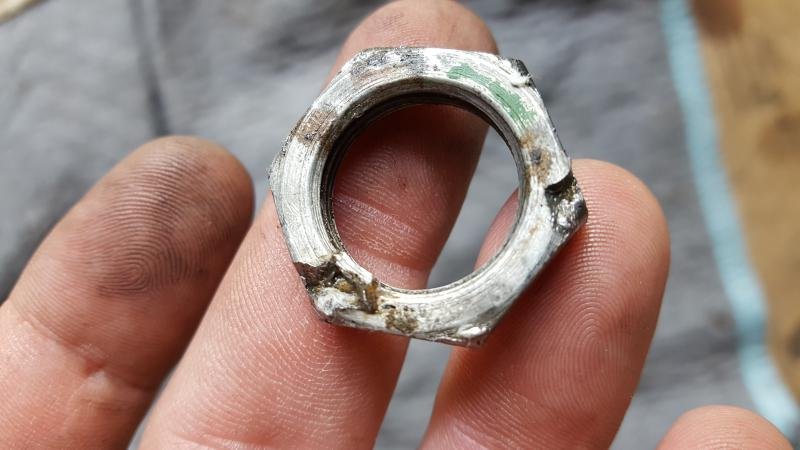
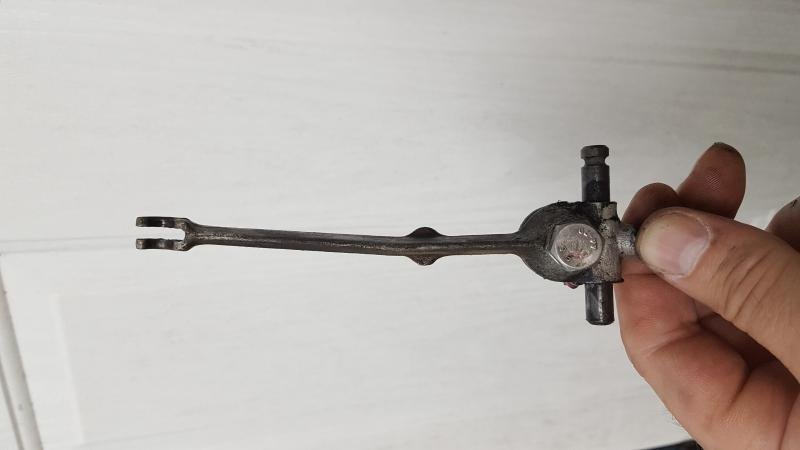






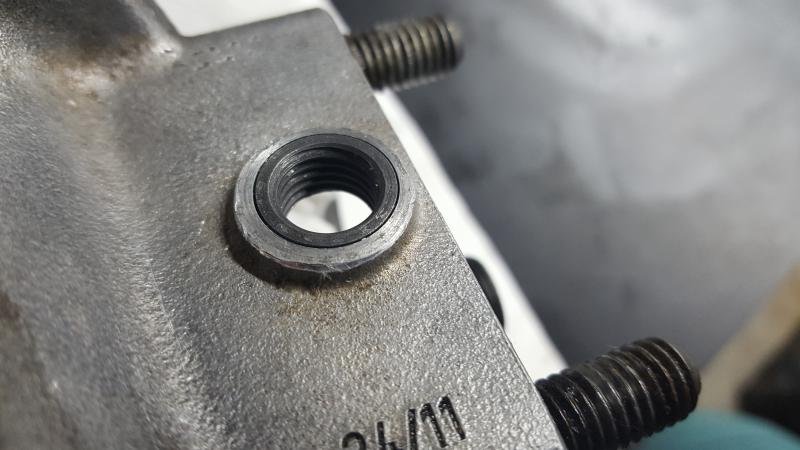
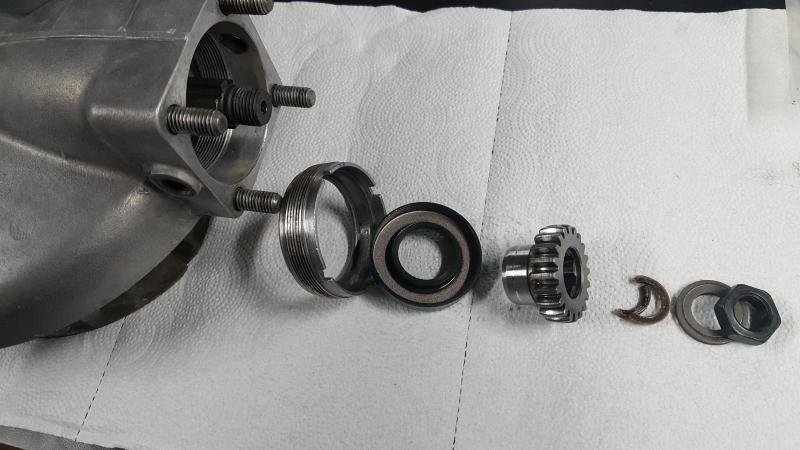
 This sounds backwards to me and I'm probably looking at it the wrong way however:
This sounds backwards to me and I'm probably looking at it the wrong way however: